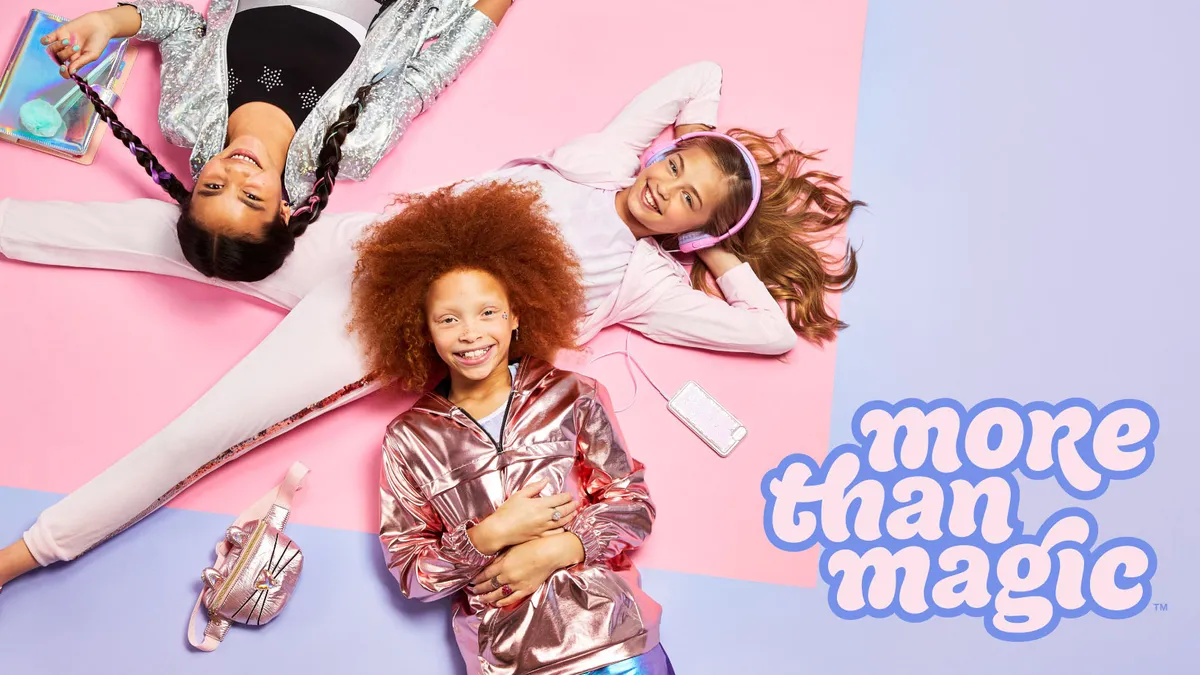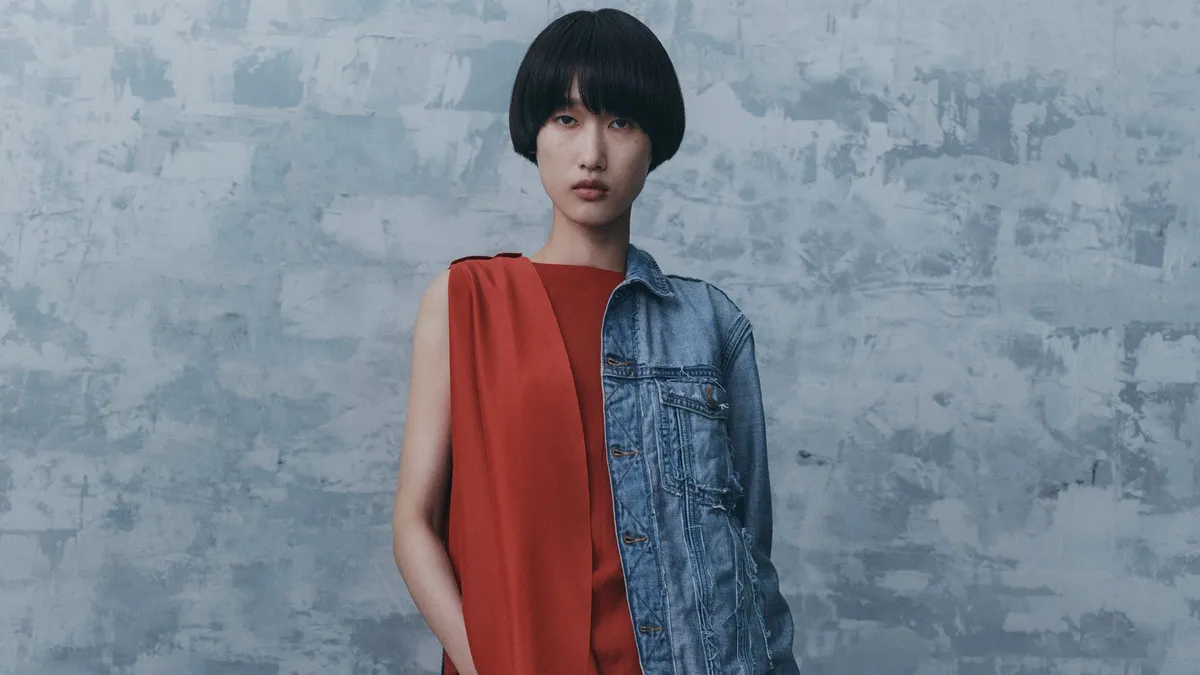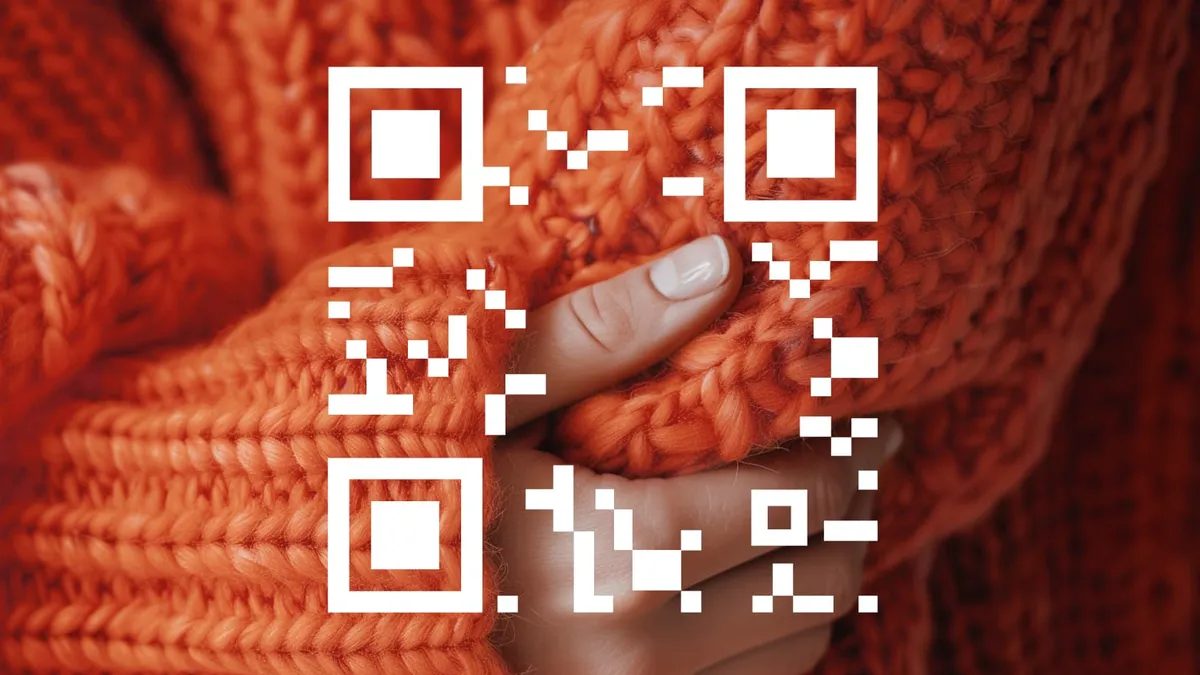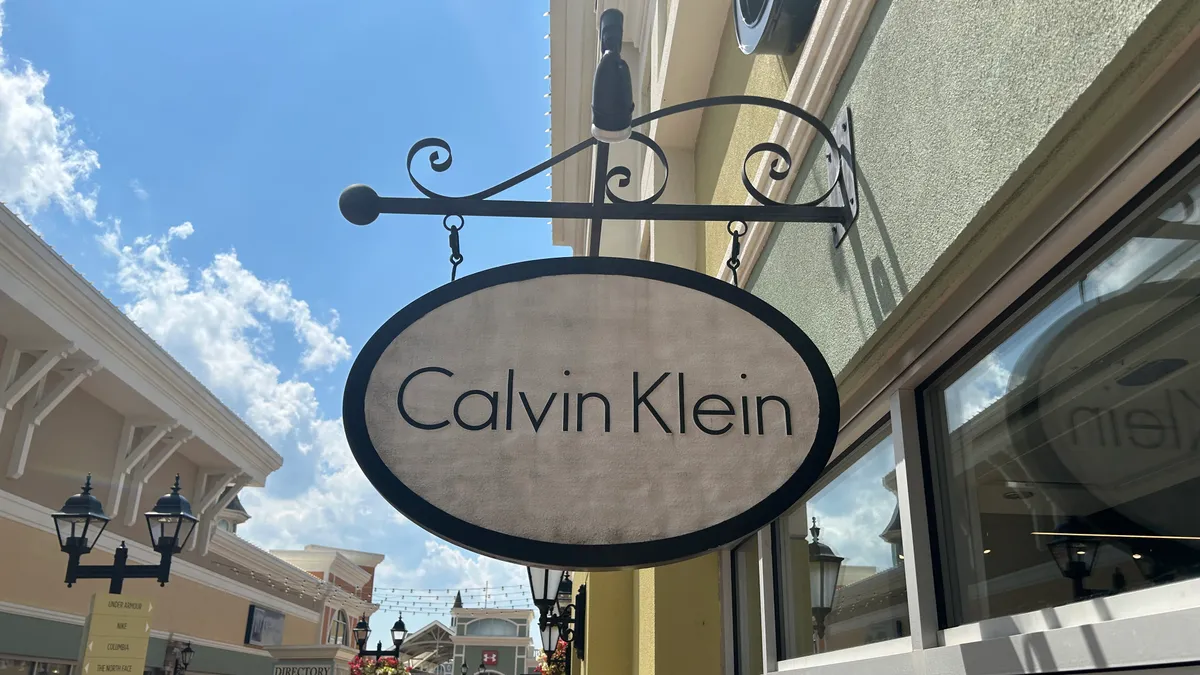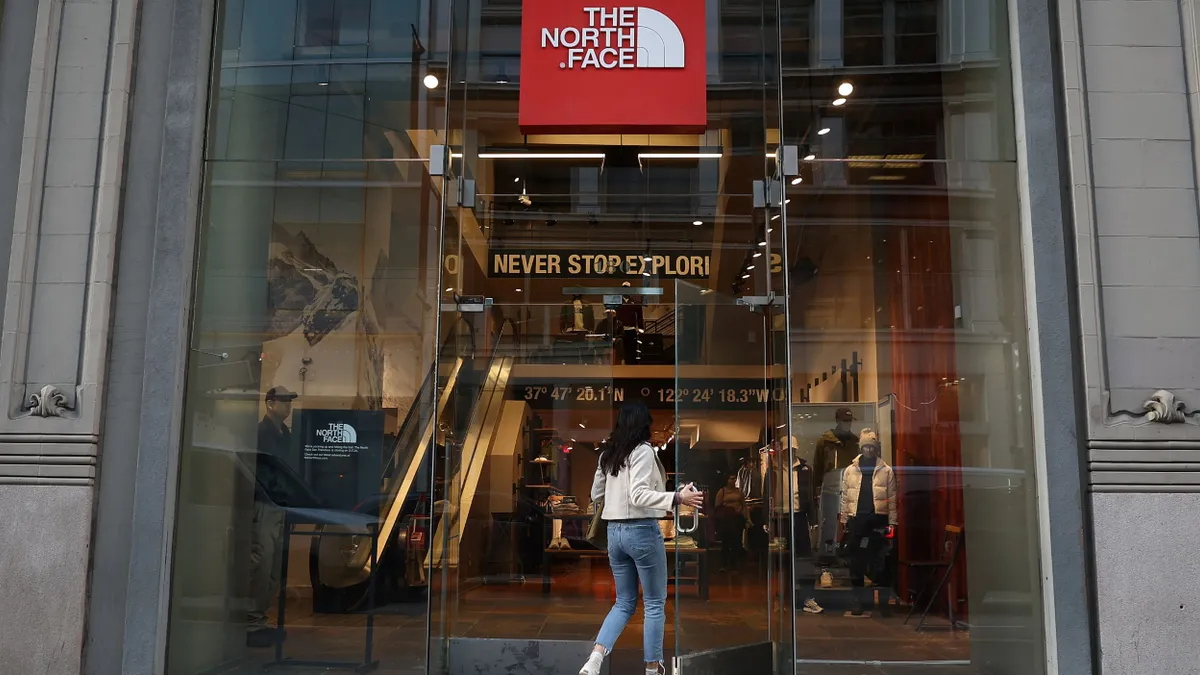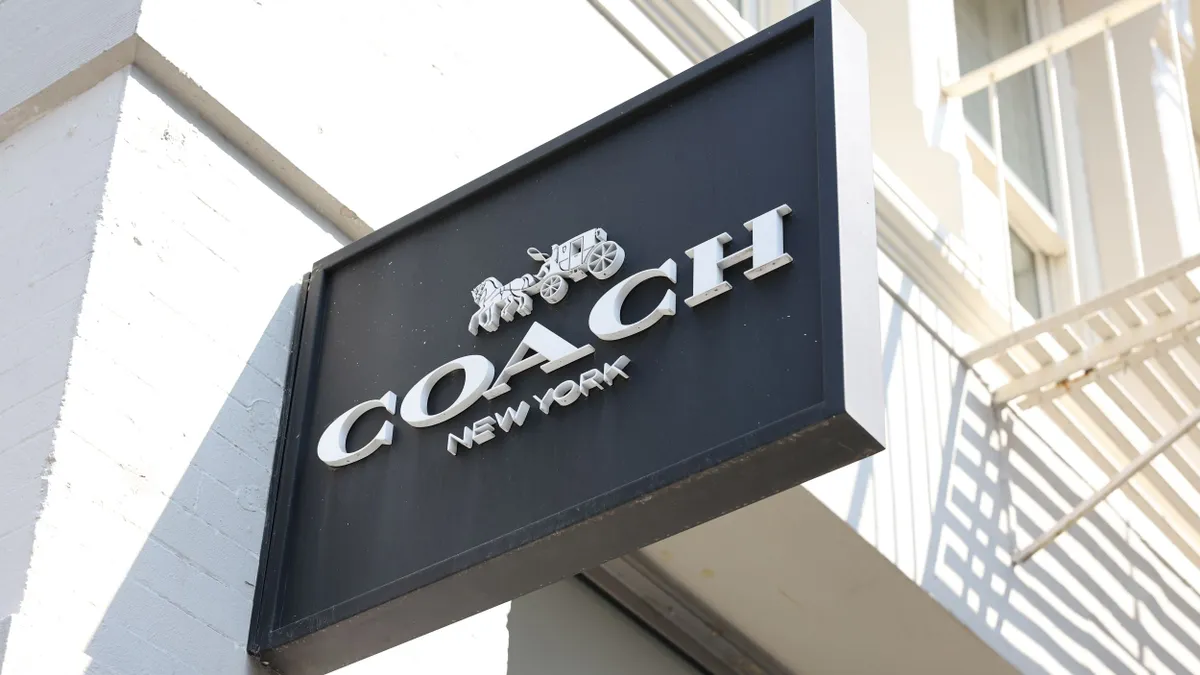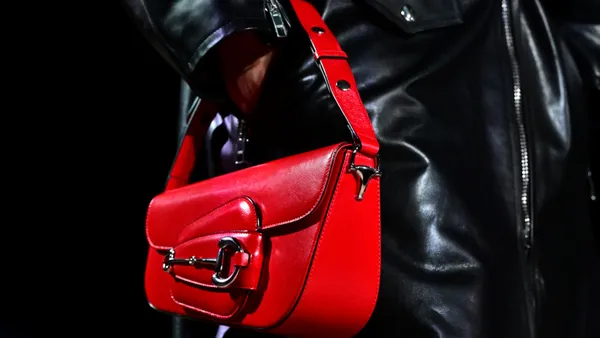Retailers in need of a turnaround tend to talk about the same things. Mostly, these are operational — cutting costs, streamlining operations, upgrading tech or revamping stores. But promising a transformation often also centers around merchandise improvements, and that in turn often means the introduction of new or improved private labels.
In recent years at Macy’s, J.C. Penney, Kohl’s and elsewhere, the development of owned brands has been key to the discussion about growing sales and attracting new customers.
The retailer that has shown the way is Target, which boasts nearly 50 brands in apparel, home goods, consumer products and food, with several pulling in $1 billion and even $2 billion in annual sales. Perhaps in the hope of uncovering the secret sauce, rivals have lured key personnel from the mass merchant’s private label operation. Macy’s has both directly hired and contracted with key Target owned-brand designers and merchants, for example. And Bed Bath & Beyond went so far as to hire Target’s top executive in the space, its chief merchant Mark Tritton, who had already established a name for himself in the space when he was at Nordstrom.
Bed Bath & Beyond has shown that poaching Target’s expertise carries no guarantee of success in this area of merchandising. The home goods retailer, which had swiftly introduced more than 10 new private labels between its two major banners, went bankrupt last year, leaving online furniture retailer Overstock to take over its name but not its stores.
“Retail insiders want to default to ‘private label’ as some kind of all-encompassing catchphrase, but, done correctly, in the eyes of the customer, it's a new brand,” Merchandising Metrics founding partner Jeffrey Sward said by email. “In-house brand development is way more complicated than knocking off a couple of best sellers from national brands. Bed Bath & Beyond may have knocked off a couple of the right items, but stopped short of telling full-blown stories. Stories that gave customers sufficient reason to switch from known and trusted national brands. Trust is built over time.”
The value of private labels
As noted, Target has created a private label juggernaut, with about a third of its sales coming from its owned and exclusive brands, according to its 2022 annual report. Similarly, Costco’s Kirkland Signature private brand accounts for 28% of its merchandise, according to remarks from Chief Financial Officer Richard Galanti in 2022. Both retailers describe their private labels as contributing to margins, sales and customer satisfaction.
“We have invested significantly in the development and protection of our well-recognized brands, including the Costco Wholesale trademarks and our private label brand, Kirkland Signature,” the company said in its annual report last year. “We believe that Kirkland Signature products are high quality, offered at prices that are generally lower than national brands, and help lower costs, differentiate our merchandise offerings, and generally earn higher margins.”
Target in its report notes that its private brands “generally carry higher margins than equivalent national brand products” and differentiate the retailer from its competition. But it also hints at the magnitude of the undertaking, and potential pitfalls.
“For example, owned brand products involve greater responsible sourcing risk in the selection of vendors, which can exacerbate reputational risk,” the company said. “In addition, owned brand products generally require longer lead times between order placement and product delivery and require us to take ownership of those products earlier in the supply chain. This exposes us to enhanced risks of supply chain disruptions and changing consumer preferences, which could adversely affect our results of operations.”
That’s especially true for apparel and home goods brands, compared to consumer products that are more likely to mimic national brands more closely, according to Sward.
“When a new project at Target hits the floor, it walks and talks and behaves like a brand. It's not a couple of items with a new label, it's a full-blown story,” he said by email. “It's treated like a brand launch, with a brand promise and the expectation of a long and prosperous life.”
What that means is that a private label operation is not a side task but “a company within the company,” according to Lee Peterson, who developed brands for The Limited as a merchant there decades ago and now is executive vice president of thought leadership and marketing at WD Partners.
“You need sourcing. You need a pants buyer. You need a fabric buyer,” he said by phone. “You need somebody to explore the factories. You need somebody that can actually create a brand from scratch and come up with the right name for it. You have to test it with consumers. You have to put this stuff out there, you have to see if the brand means anything to anybody. And then you have to merchandise it, especially in the stores.”
An owned brand also fills a merchandising void not covered elsewhere, according to Liza Amlani, principal and co-founder of Retail Strategy Group.
“Private label products that are driven by customer insights or close the feedback loop will always do well,” she said by email. “Target is a leader in private brand because of these things — they also pay attention to marketing and signage, which many other brands lose sight of. The importance of the visual merchandising story is just as important as the products as it’s important to the customer journey.”
Costco doesn’t need such “bells and whistles of visual merchandising,” however, she said. That’s in part because a large part of its brand promise is products that are close to name brands at lower prices, according to Sward.
Time is also an important factor, both in terms of spending enough and finding the right moment, according to Rimi Gill, a retail strategy consultant with Retail Evolved, who previously was the senior merchandise manager at Zappos Kids. A private brand is developed for at least a year before it gets to stores, something that also carries risk because a lot can change in the meantime, she said by email.
“Absolutely it takes more than just hiring the right people to make a private label business work — timing plays a huge role,” she said. “Was it the right time to launch this category? Was it the right time to launch this price point, given the current economic climate? And sometimes it can just take more time for a brand to take off than predecessor lines due to these reasons.”
How Macy’s is doing
Bed Bath & Beyond may not have benefited much from its private label push, but Macy’s may.
The department store in February of 2020, when unveiling its Polaris turnaround plan just before the pandemic, emphasized the role of private brands. The company at the time said that its owned brands would underpin an apparel comeback, and ultimately deliver a quarter of its sales.
Last year, with the pandemic interruption behind it and its ex-Target team in place, Macy’s unveiled On 34th, its first label developed by the former Target merchants. The brand is a differentiated women’s apparel collection that seems to have been executed well, Sward said. For example, the signage for both On 34th and Macy’s legacy private label Inc. is more like what the retailer provides for name brands, he said.
“The scope and scale of the On 34th launch is pretty impressive. It's a serious attempt to launch a lifestyle brand, which is no small undertaking,” he said. “It's not a simple knocking off of other branded best sellers. It's a full blown multi-classification collection, a million miles away from generic product dropped into a store label box.”
However, Macy’s must sit tight for a while, and possibly tweak the effort, before expecting results, according to Peterson.
“Especially if you want to do it well in all the Macy's stores, it's going to take a long time to figure that out,” he said. “Macy's, from my experience, really doesn't have a lot of patience on stuff like that. So we'll see how that goes.”



